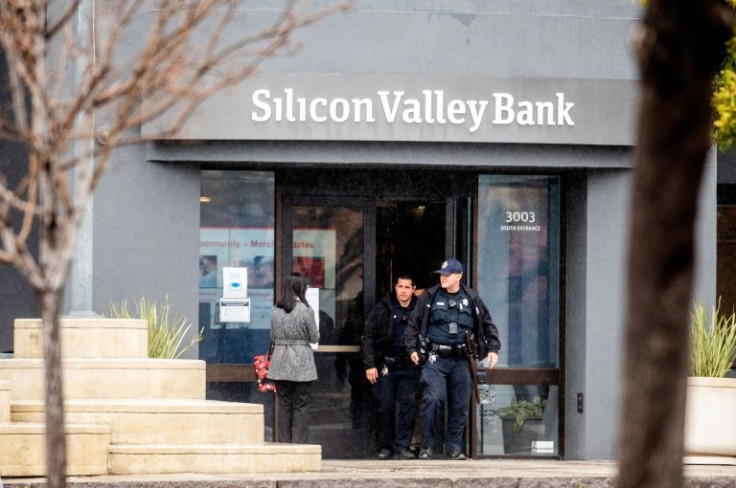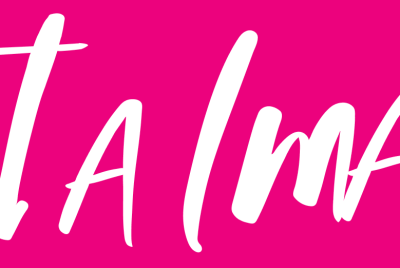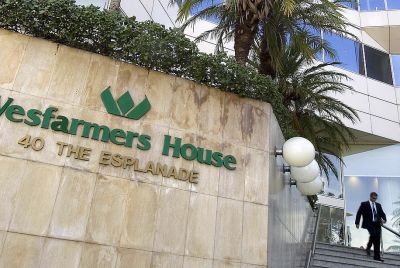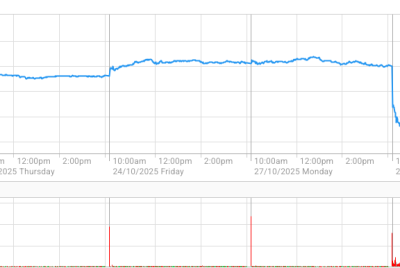SVB Collapse Sends Stocks Lower, And Bonds And Gold Higher -- So What's Next?

The surprise collapse of SVB sent equities sharply lower at the end of last week and U.S. Treasuries and gold higher.
All three major indexes ended the week with hefty losses, including a close to 5% decline for the S&P 500 and the tech-heavy NASDAQ.
Regional banks were hit particularly hard, with the KBW Bank Index down 16% and S&P Financials Sector Index slumping 8.5%, in sympathy with SVBs shares, which lost more than 60% of their value before being halted on Friday morning.
Meanwhile, Treasury bonds and gold rallied as traders and investors reached for the two haven assets. As a result, the 10-year Treasury yield dropped to 3.70% on Friday from 3.98% a couple of days earlier (bond yields fall as prices rise). In addition, the SPDR Gold Shares ETF gained 1.3% for the week.
The SVB collapse is a game-changer for Wall Street for better and worse, depending on what comes next.
It's a game changer for the worse if it turns out to be a Black Swan event.
That's a low-probability event, like a full-blown banking crisis, as rising interest rates are beginning to take their toll on bank balance sheets.
On the asset side, rising interest rates undermine the value of long-maturity bonds purchased a couple of years ago when interest rates were near zero.
On the liability side, they undermine deposits, as savers move money out of banks which still pay next to nothing in interest to investment firms, which pay an interest rate north of 4%.
This dual punch on bank balance sheets could lead to a credit crunch and a full-blown recession that parallels 2008-9.
That's when high-profile financial institutions like Lehman Brothers failed, crushing equities by more than 50%.
The SVB collapse is a game-changer for the better in several ways.
First, it ends the speculative rally of recent months led by high beta (volatile) stocks in anticipation of a soft landing—a situation of moderate growth and inflation.
Second, it raises the chances that the Federal Reserve will moderate the pace of interest rate hikes and pivot sooner rather than later, adding rather than taking liquidity out of the economy.
Which kind of change is more likely? It depends on the state of the economy and on two critical variables the Federal Reserve is following closely, inflation and nonfarm payrolls.
Thus far, both variables are moving in the wrong direction. As measured by the Fed's most favored matric, Personal Consumption Expenditure Index (PCE), inflation has been hovering above market expectations. In addition, nonfarm payrolls have blown away expectations.
According to data released Friday by the Bureau of Labor Statistics, the economy added 311,000 jobs in February, following the addition of 504,000 jobs in January. Moreover, over the last three months, on average, nonfarm payrolls rose by more than 350,000 jobs per month. Meanwhile, unemployment remains stuck around a historically low level of 3.5%.
While these figures are good news for Main Street, they aren't for Wall Street.
A strong labor market puts pressure on wages and eventually on inflation and interest rates.
"The solid February jobs report, combined with only small downward revisions to job growth in December and January, mean that the Federal Open Market Committee is likely to raise the fed funds rate by 50 basis points when it meets in two weeks," Gus Faucher, chief economist at PNC Financial Services, told International Business Times. "The central bank is very concerned that the tight labor market contributes to high inflation. With job growth still running well above the economy's long-term potential, despite Fed tightening over the past year, the FOMC is poised to act aggressively again."





















